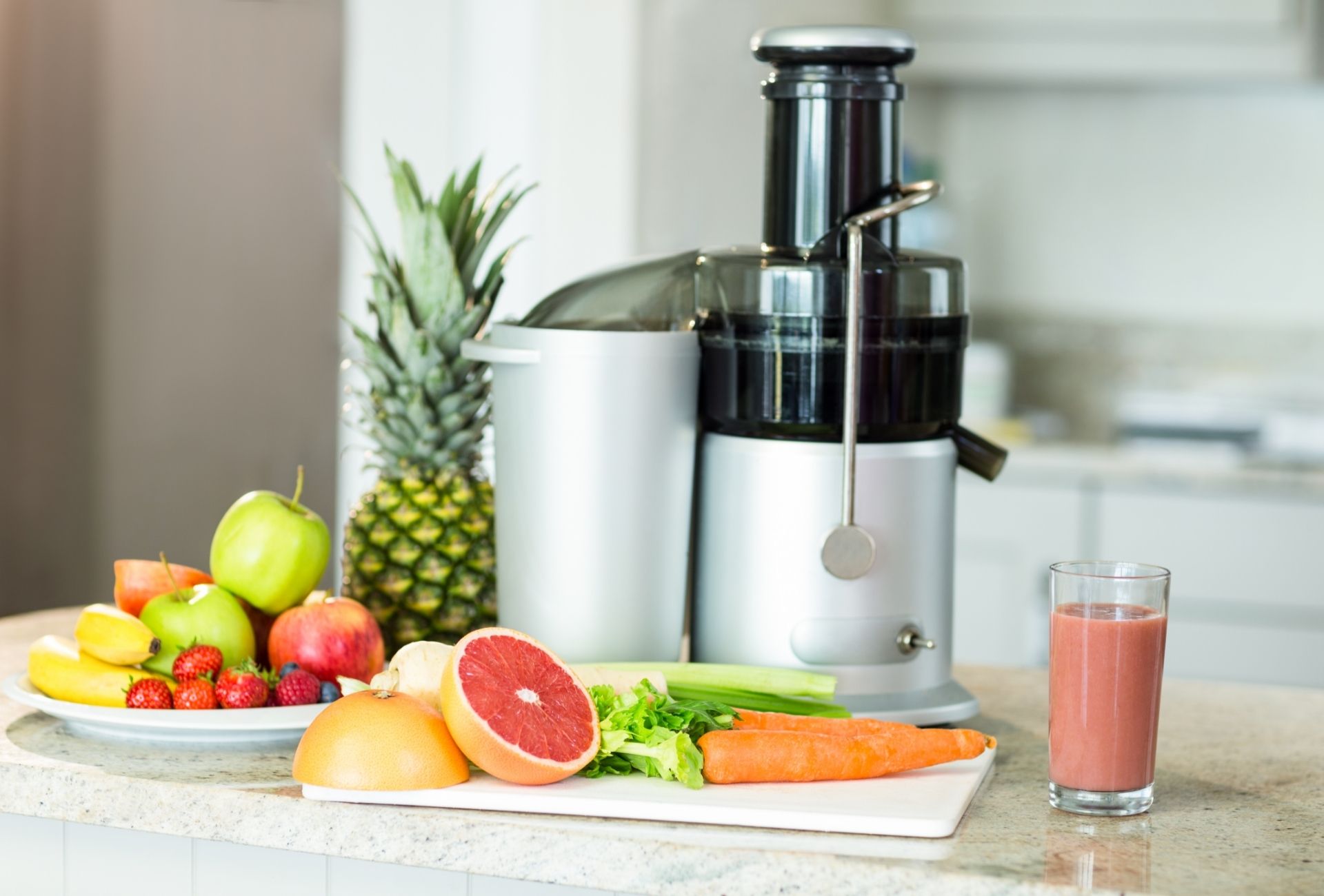How to Clean a Juicer
Juicers have come a long way, and are best to extract juice from firmer fruits and vegetables. There are three basic types of modern juicers– centrifugal force, masticating or cold press, and triturating. A centrifugal force juicer contains blades in a spinning container. These are the fastest, loudest and least expensive types. A masticating or cold press uses a single spiral auger to masticate the produce. It will mimic the action of chewing. It’s much slower but extracts more juice. The triturating is a professional type that uses two augers to grind the fruit and vegetables into small particles.
Cleaning is essential for any kind of juicer, regardless of the type. Without regular upkeep, small bits of pulp can get trapped in the components and decay leading to bacterial and mold growth. Many of these components are dishwasher-safe and can be kept clean with just a few items.
Every juicer should be cleaned after every use. Bits that are trapped can harden quickly, making them more difficult to remove later. If the juicer is being used daily, make sure to give it a deeper cleaning weekly.
What You’ll Need:
- 1 Non-abrasive sponge
- 1 Soft-bristled bottle brush
- 1 Toothbrush
- 1 Spatula
- 1 Microfiber cloth
- 1 Dishwasher
- 1 Dishwashing liquid
- 1 Dishwasher detergent
- 1 Baking soda
- 1 Distilled white vinegar
Directions:
- Before you begin the cleaning process, turn off and unplug the juicer from the wall outlet.
- Remove the juice and pulp collection containers. Disassemble the juicer to access the grinding mechanism, strainer, lid, and plunger.
- Use a spatula to scrape out the pulp container. The pulp can be used in some recipes, composted, or placed in a trashcan.
- Fill a sink with hot water and add a few drops of dishwashing liquid. Place the components in the sink and let them soak for two or three minutes. Use a non-abrasive sponge to wash the plastic containers. Use a soft-bristled bottle brush or toothbrush to clean the strainer and around the grinding components. Rinse the clean pieces well with hot water and allow to air-dry or dry with a microfiber cloth to help prevent water spots.
Even if you plan to place the parts in the dishwasher, give them a quick rinse to flush out the pulp particles. This is particularly important for the fine mesh of the strainer. - Dampen a non-abrasive sponge with water and wipe down the base of the juicer. Never submerge the base that contains the motors in water! Dry with a microfiber towel.
- Once every component is clean and dry, reassemble the juicer and you’re ready for the next use.
Weekly Deep Cleaning:
- If pulp has been allowed to dry and harden in the juicer components, fill a sink with hot water and a few drops of dishwashing liquid, add the components and allow them to soak for 15 minutes.
Dip a toothbrush or bottle brush in dry baking soda and gently scrub the components. The baking soda will act as a gentle abrasive. Rinse the components often and continue scrubbing until they are clean. - If the containers have streaks and water spots, fill them with distilled white vinegar and allow them to soak for 15 minutes. Pour out the vinegar and wipe them down with a non-abrasive sponge. Rinse well and dry with a microfiber cloth.
Source: the Spruce

